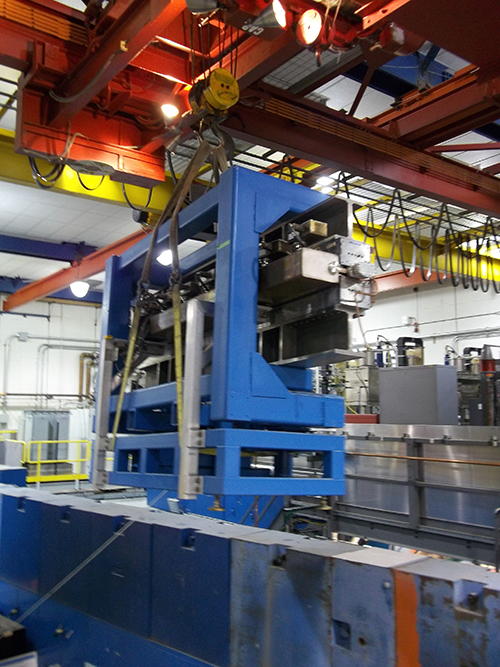From the InSitμ school...
This school is part of the new Insitμ (Integrated Simulation and Interrogation Tools and Training for μmechanics) center at CHESS. The first day began with CHESS workshop I entitled Structural Materials Opportunities for Combining Polycrystal Modeling and High Energy X-rays http://meetings.chess.cornell.edu/UserMeeting2014/workshops.html#Workshop1.
